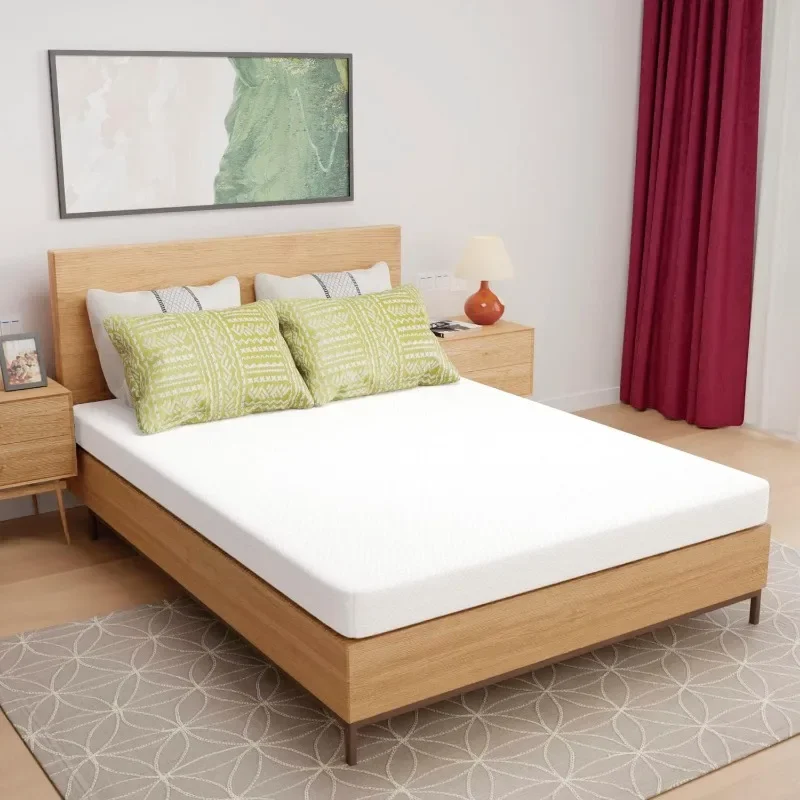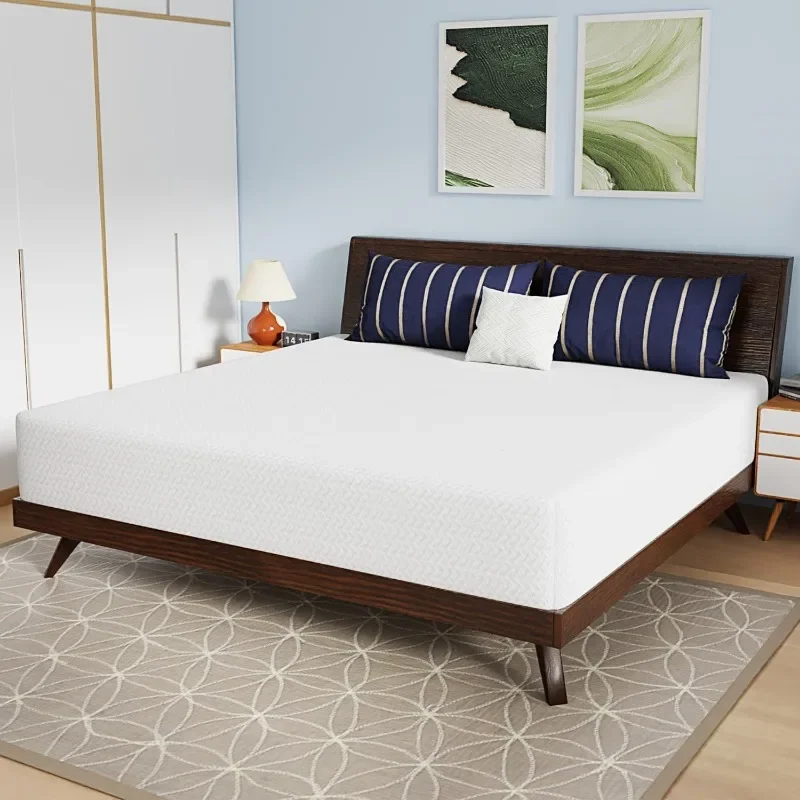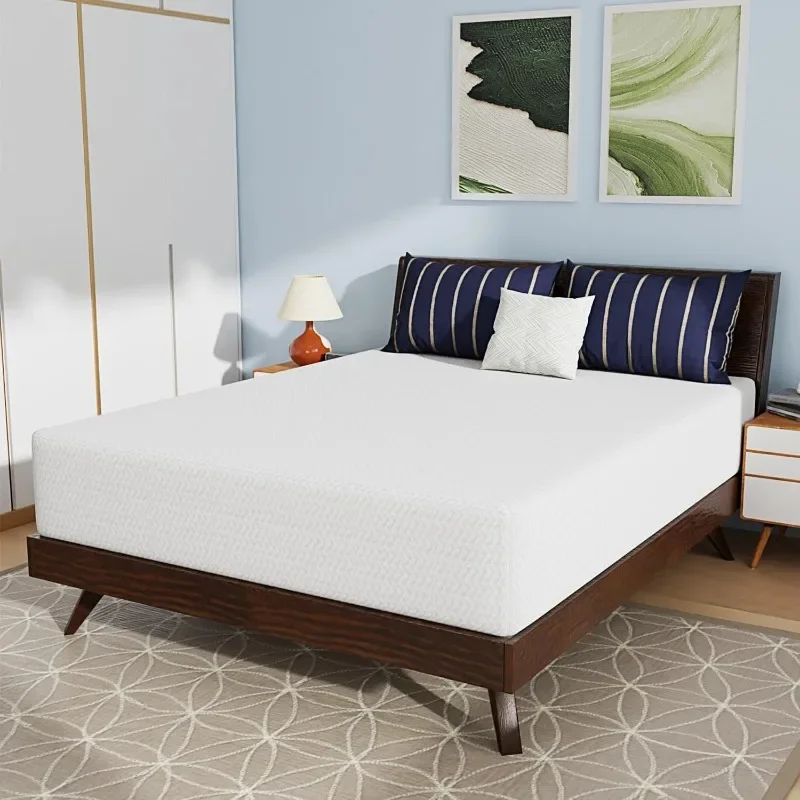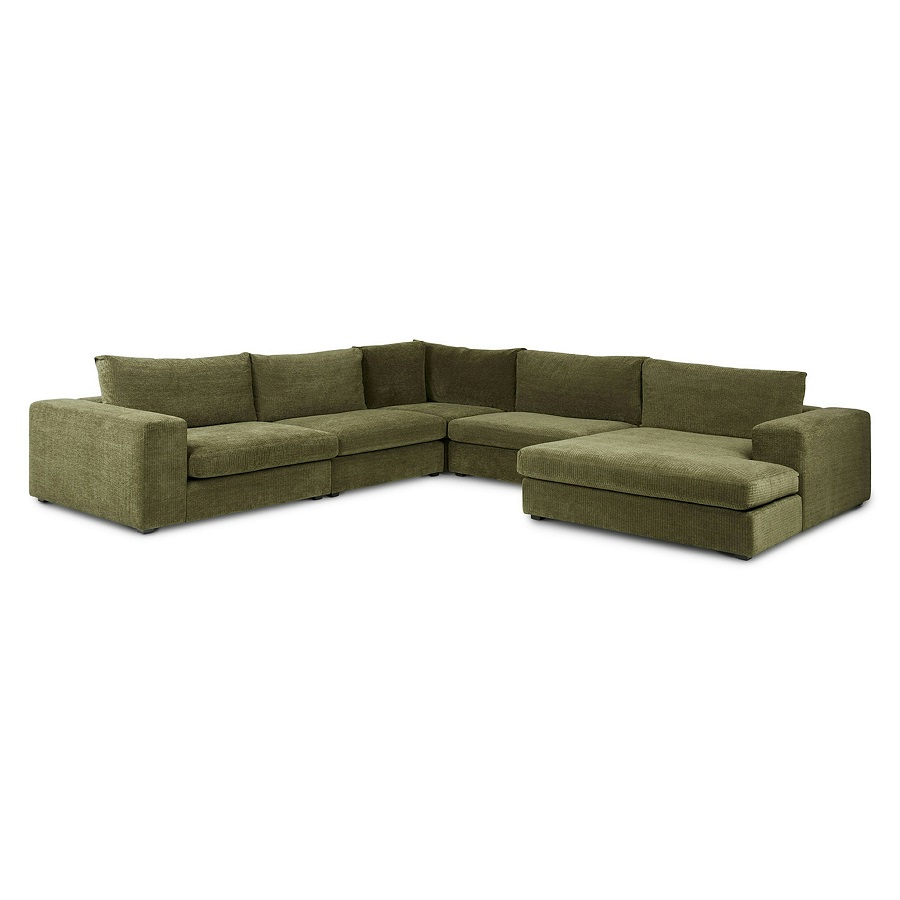A good night’s sleep is fundamental to our physical and mental well-being, and a mattress plays a pivotal role in achieving that restful slumber. Over time, however, even the finest mattress will lose its support and comfort, necessitating a replacement. Knowing when to bid farewell to your old mattress and invest in a new one is crucial for maintaining optimal sleep health. This comprehensive guide explores the telltale signs that it’s time for a change, the impact of an aged mattress on sleep quality, and tips for selecting the perfect replacement.
The Life Cycle of a Mattress: An Overview
Understanding the typical lifespan of a mattress sets the foundation for recognizing when a replacement is due:
- Average Lifespan: Most mattresses have a life expectancy of 7 to 10 years, though this can vary depending on factors like usage, quality, and maintenance.
- 7-Year Itch: After seven years, even if the mattress appears fine, its materials may have deteriorated significantly, affecting comfort and support.

Signs Your Mattresses Needs Replacement
Recognizing the subtle (and not so subtle) indicators that your mattresses has reached its end can prevent sleep disruptions:
- Visible Wear and Tear: Sagging, lumps, or tears in the surface are clear signs that the mattress’s structure has broken down.
- Persistent Aches and Pains: Waking up with unexplained body aches, particularly in the neck, back, or hips, may signal that your mattresses no longer provides adequate support.
- Disturbed Sleep Patterns: Difficulty falling asleep or staying asleep could be linked to an unsupportive mattress.
- Allergies Acting Up: Accumulated dust mites and allergens can trigger allergies and asthma, especially in older mattresses.
- Noticeable Noise: If your mattresses squeaks or creaks every time you move, it’s a sign of internal wear.
The Impact of an Aging Mattress on Sleep
The consequences of sleeping on a worn-out mattress extend beyond mere discomfort:
- Decreased Sleep Quality: Poor sleep leads to fatigue, reduced concentration, and a weakened immune system.
- Physical Health Issues: Chronic back pain and spinal misalignment can result from inadequate mattress support.
- Mental Health Effects: Sleep deprivation caused by an uncomfortable mattress can exacerbate stress, anxiety, and depression symptoms.
Factors Influencing Mattress Lifespan
Several variables can accelerate a mattress’s decline:
- Usage Frequency: Heavier usage or sharing the bed with a partner or pets can shorten a mattress’s lifespan.
- Weight Distribution: Uneven weight distribution over time can cause premature sagging.
- Maintenance Practices: Regular rotation, using a protective cover, and spot cleaning can prolong a mattress’s life.
Assessing Your Sleep Needs: A Personalized Approach
Before replacing your mattresses, evaluate your current sleep habits and needs:
- Sleep Position: Side sleepers, back sleepers, and stomach sleepers have different support requirements.
- Body Type: Individuals with different body weights and structures may prefer varying levels of firmness.
- Temperature Preferences: Some people sleep hot, necessitating a mattress with cooling properties.
The mattress industry offers a vast array of options, each with its own benefits:
- Memory Foam: Offers excellent pressure relief and conforms to body shape, ideal for side sleepers.
- Latex: Known for its bounce, durability, and natural cooling properties, suitable for all sleep positions.
- Innerspring: Provides solid support with enhanced breathability, preferred by stomach sleepers and those who like a traditional feel.
- Hybrid: Combines foam layers with innerspring coils, offering a balance of comfort and support.

Testing and Trial Periods
Maximize your chances of finding the right fit by taking advantage of trial periods:
- In-Store Testing: Lie on potential mattresses for at least 10-15 minutes in-store to gauge comfort.
- Online Purchases: Look for brands offering generous at-home trial periods, usually ranging from 30 to 100 nights.
Understanding Mattress Sizes and Dimensions
Choosing the right size is crucial for comfort and room layout:
- Twin/Single: Ideal for children or single adults in smaller rooms.
- Full/Double: Suitable for single adults or couples with limited space.
- Queen: A popular choice for couples who need more room than a full-size bed.
- King/California King: The largest standard sizes, perfect for couples who want maximum personal space.
Budgeting for Your Mattress Investment
A quality mattress is an investment in your health:
- Set a Realistic Budget: Prices vary widely; determine what you can afford without compromising on necessary features.
- Factor in Longevity: Spending more upfront on a durable mattress may save money in the long run.
- Look for Sales and Discounts: Holidays and special events often bring markdowns and promotional offers.
Disposing of Your Old Mattress Responsibly
Proper disposal is essential for environmental sustainability:
- Recycling: Many communities have mattress recycling programs that divert materials from landfills.
- Donation: If your mattresses is still in decent condition, consider donating it to charity.
- Retailer Take-Back: Some mattress sellers offer removal services when delivering a new one.
Preparing for Your New Mattress Arrival
Ensure a smooth transition by preparing in advance:
- Clear the Space: Remove old bedding and create ample room for the new mattress.
- Protect Your Investment: Invest in a quality mattress protector to prolong its life.
- Adjust Bed Frame: If necessary, ensure your bed frame or foundation is compatible with your new mattress.
Post-Purchase Care and Maintenance
Maximize your new mattress’s lifespan with proper care:
- Rotation: Rotate your mattresses every 3-6 months to distribute wear evenly.
- Cleaning: Regularly vacuum and spot clean to keep it fresh and hygienic.
- Use a Mattress Pad: A pad can absorb sweat and protect against stains.
Common Misconceptions About Mattress Replacement
Navigating the world of mattress shopping can be confusing, especially with prevalent misconceptions that might sway your decision-making. Let’s debunk some of these myths:
- Harder is Always Better: The belief that a firmer mattress is automatically better for back pain is misleading. The right level of firmness depends on your body type and sleep position.
- Price Equals Quality: While a higher price tag often indicates better materials and craftsmanship, it’s not an absolute rule. Focus on comfort, support, and your personal needs rather than just the cost.
- Never Replace Until It’s Completely Worn: Waiting until your mattresses is visibly dilapidated can harm your health. Regular assessments and proactive replacements based on comfort and support are recommended.
- One Size Fits All: Mattresses aren’t universal solutions. What works for one person may not for another, emphasizing the importance of personalized selection based on individual preferences and needs.
The Environmental Impact of Mattress Disposal
Understanding the environmental implications of mattress disposal underscores the need for responsible actions:
- Landfill Strain: Discarded mattresses occupy significant space in landfills and can take decades to decompose, contributing to environmental pollution.
- Resource Conservation: Recycling mattresses can recover materials like metal, foam, and fabric for reuse, conserving natural resources and reducing waste.
- Eco-Friendly Options: When purchasing a new mattress, consider brands using sustainable materials and manufacturing processes, reducing your ecological footprint.

Mattress and Sleep Health Innovations
Advancements in technology are revolutionizing the way we sleep, offering innovative solutions for improved rest:
- Smart Mattresses: Equipped with sensors, these mattresses track sleep patterns, providing insights for enhancing sleep quality.
- Adjustable Bases: Pairing your mattresses with an adjustable base allows for customized positioning, improving comfort and alleviating pressure points.
- Materials Innovation: From organic and hypoallergenic materials to advanced cooling technologies, new mattress materials cater to a wide range of health and comfort needs.
Conclusion: Embracing the Path to Better Sleep
Replacing your mattresses is a significant decision that directly impacts your overall health and quality of life. By recognizing the signs of a mattress’s decline, understanding your individual sleep needs, and navigating the market wisely, you can ensure a sound and rejuvenating sleep experience. Remember, investing in the right mattress is an investment in yourself, leading to a more energetic, productive, and happier tomorrow. Sleep soundly, knowing you’ve made a wise choice for your well-being.










